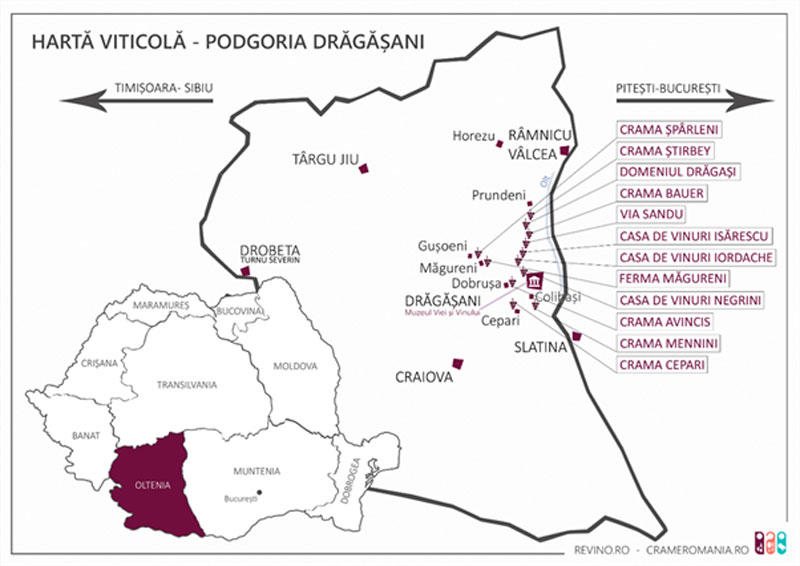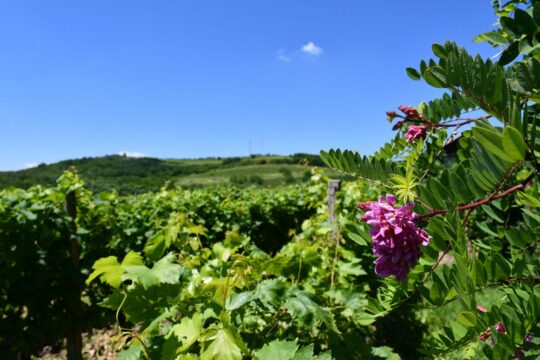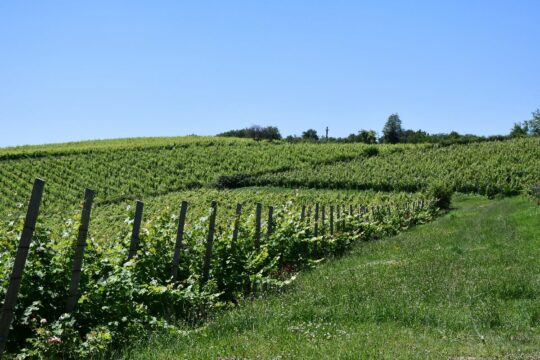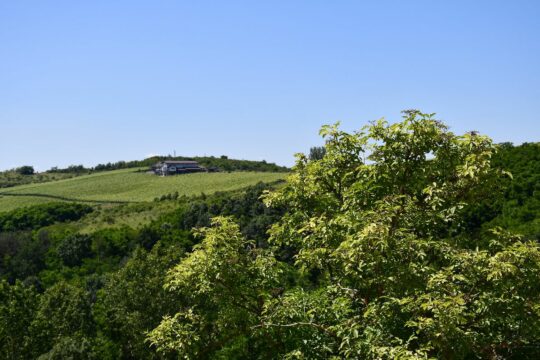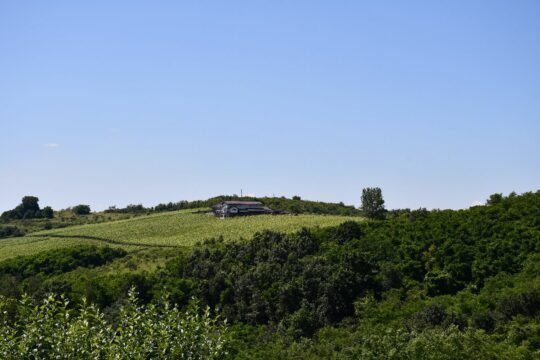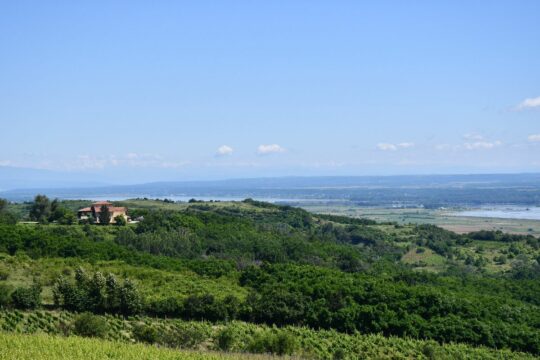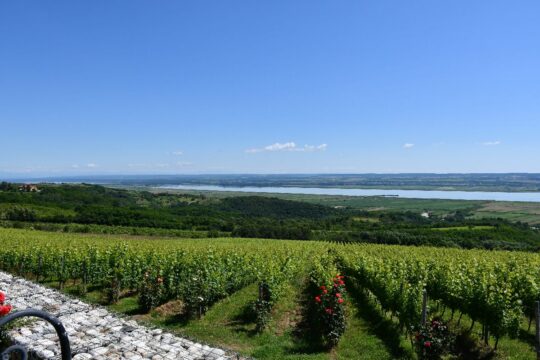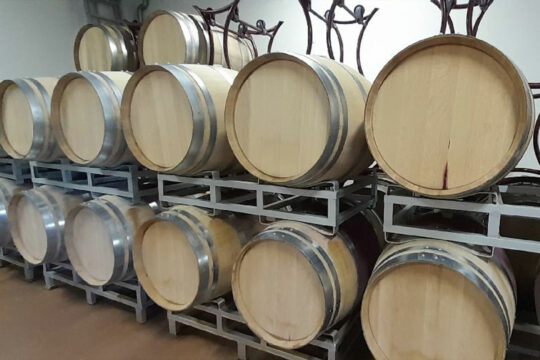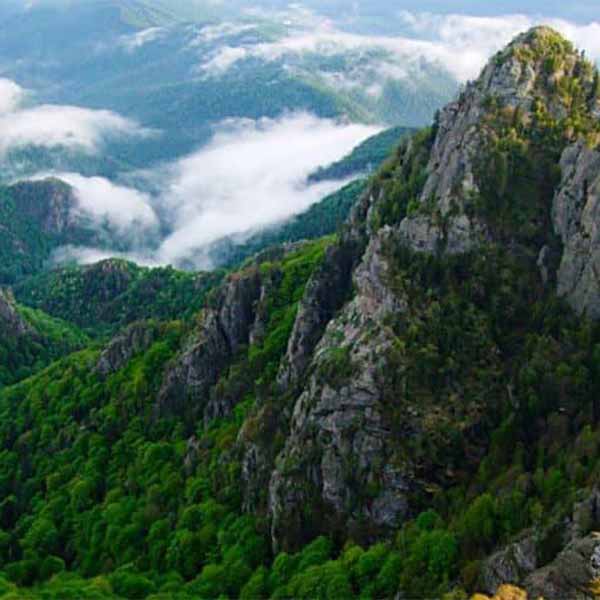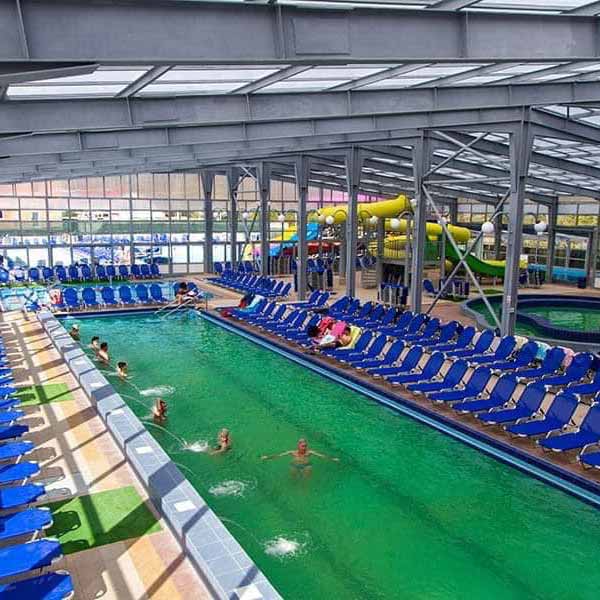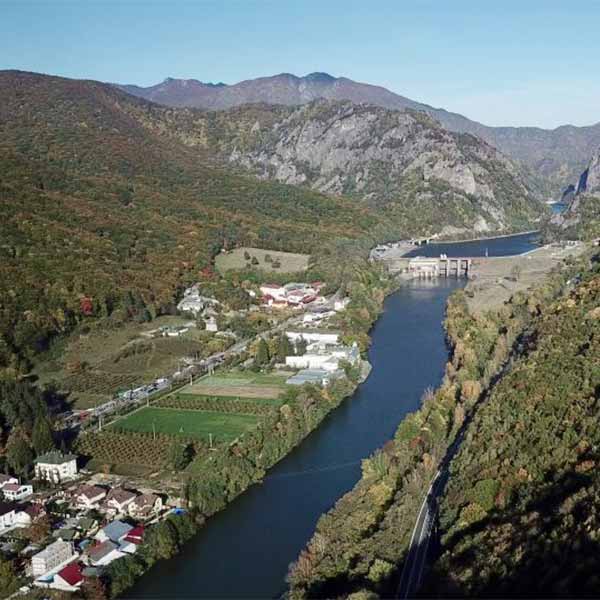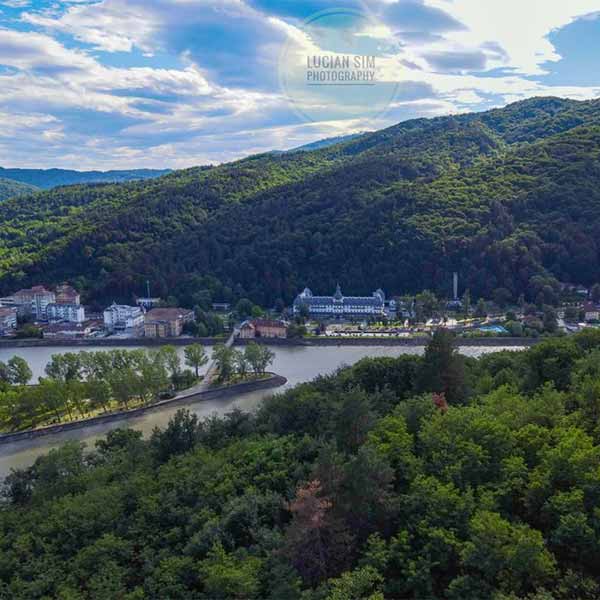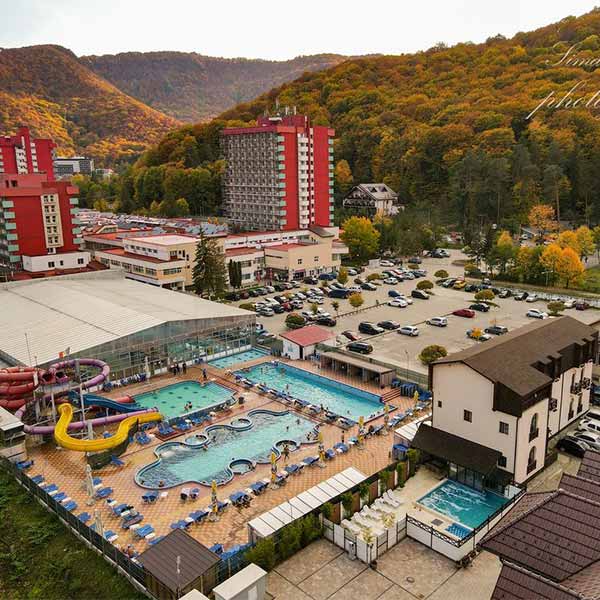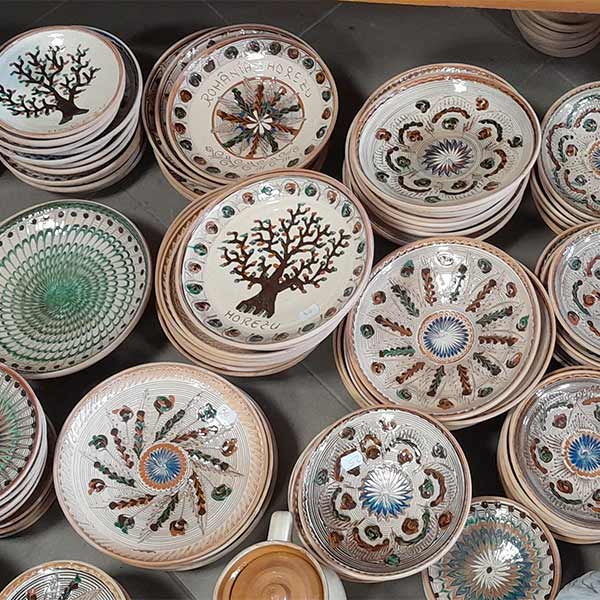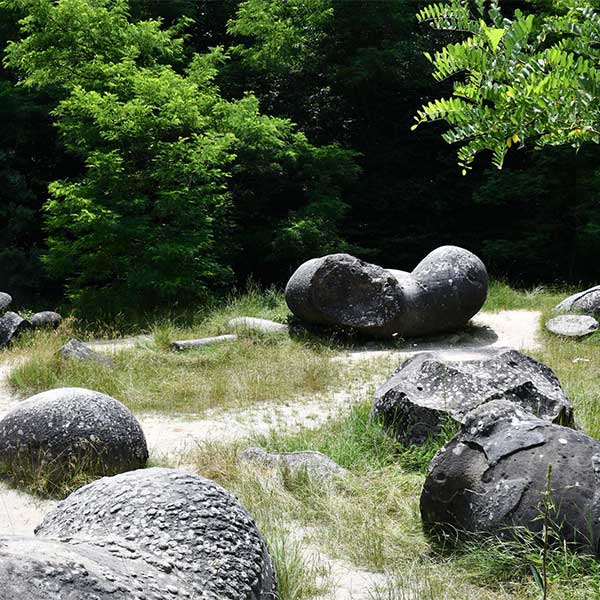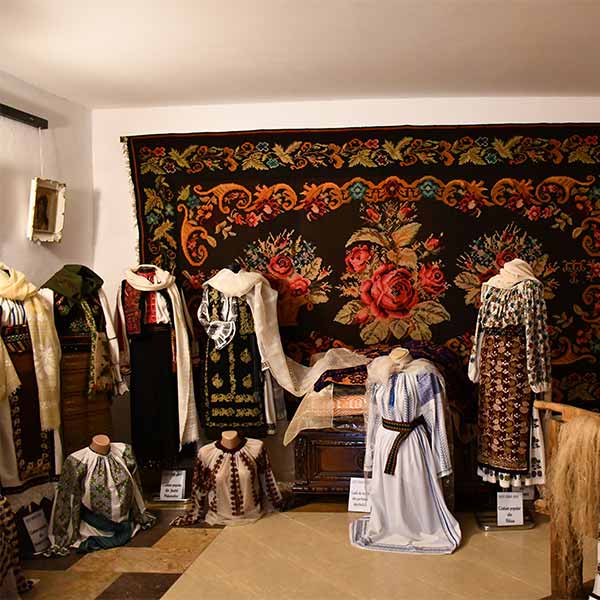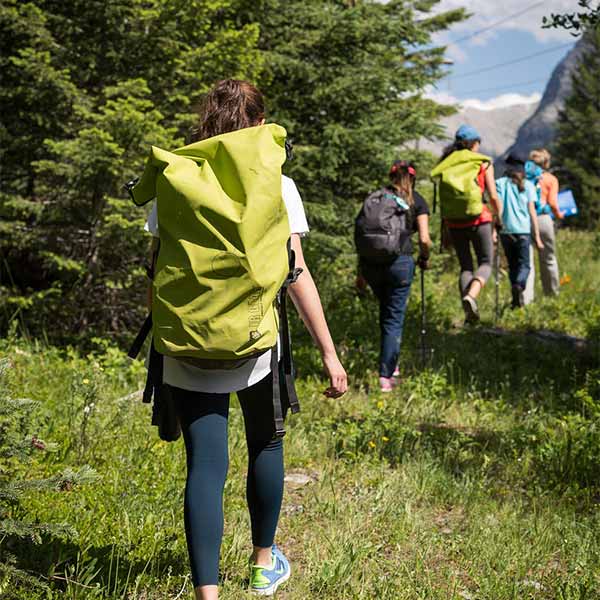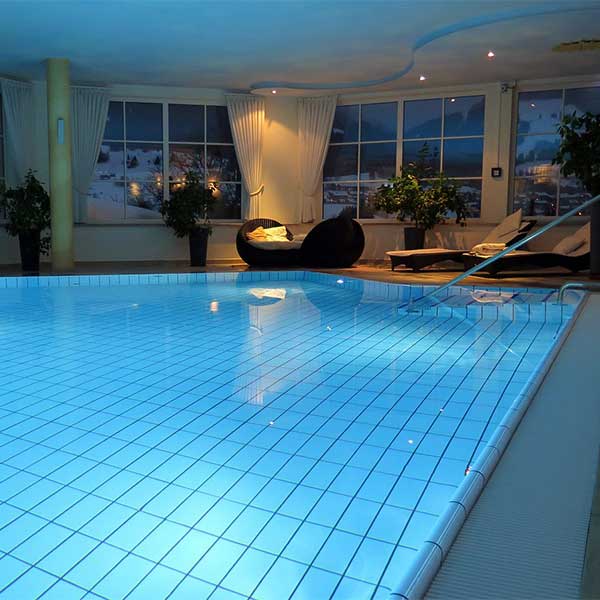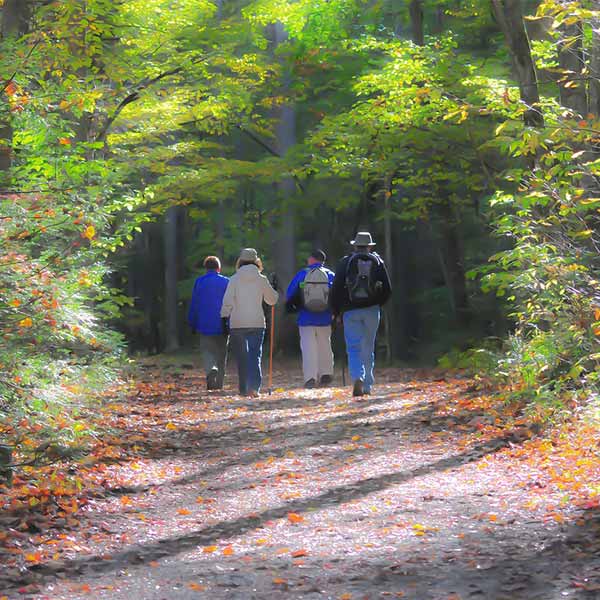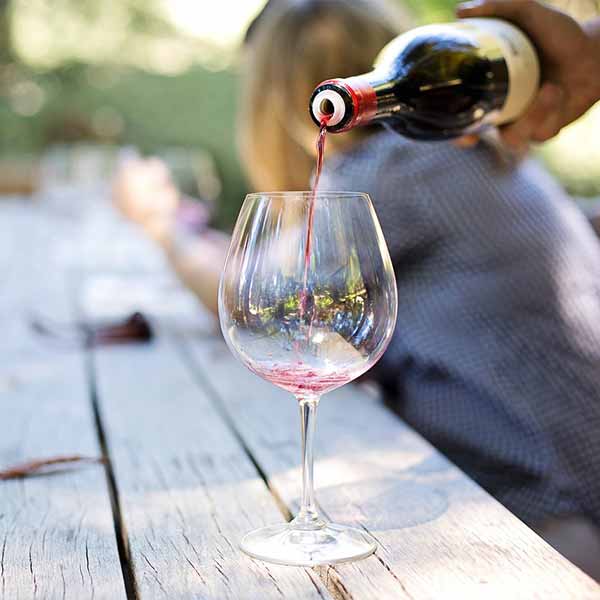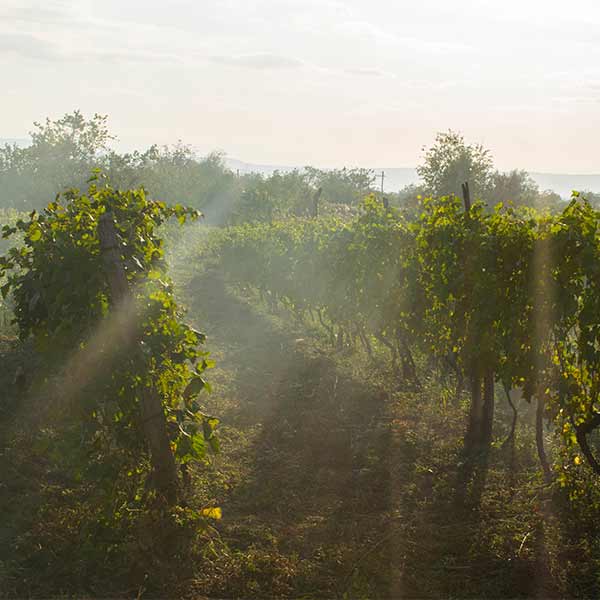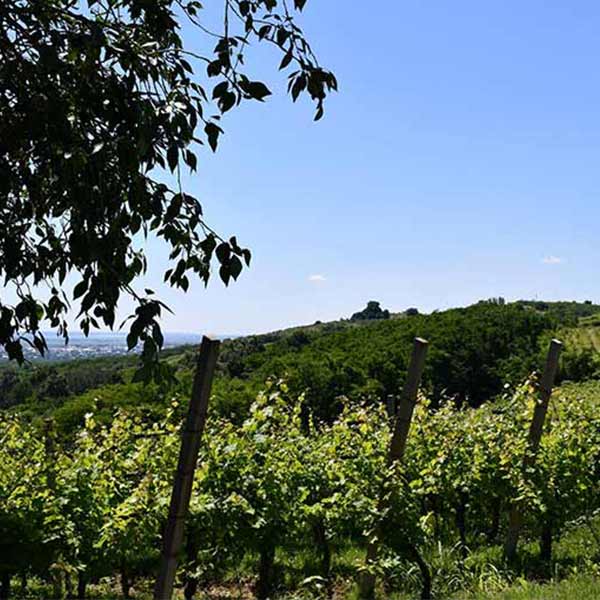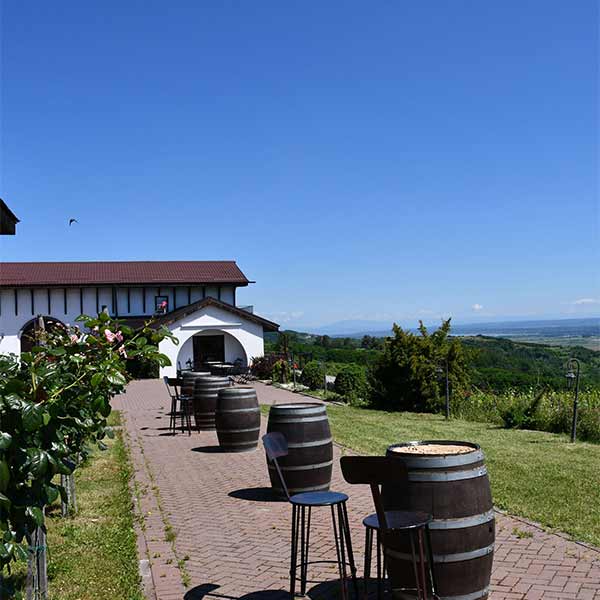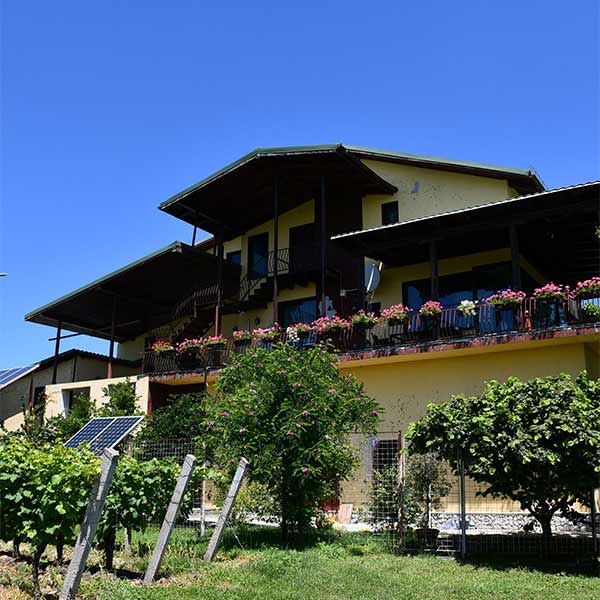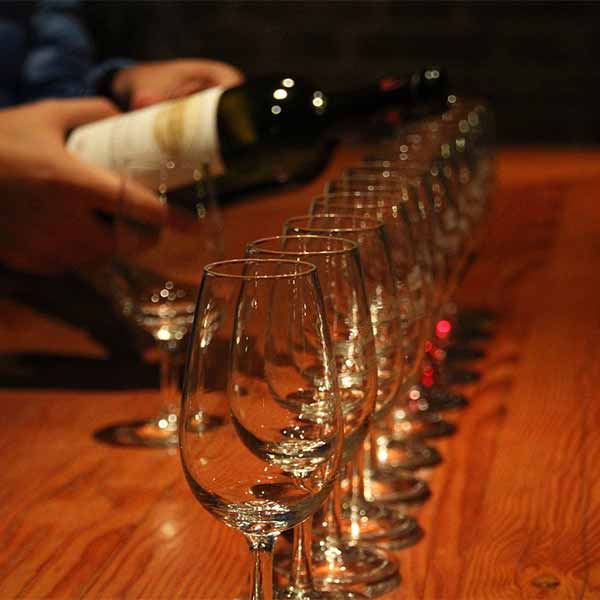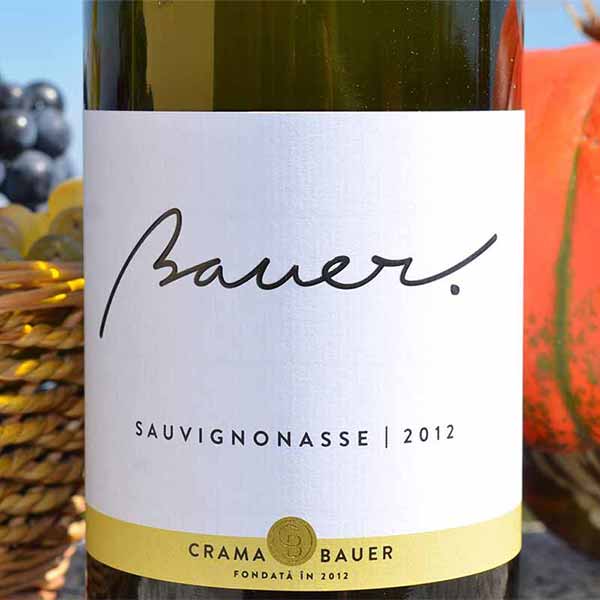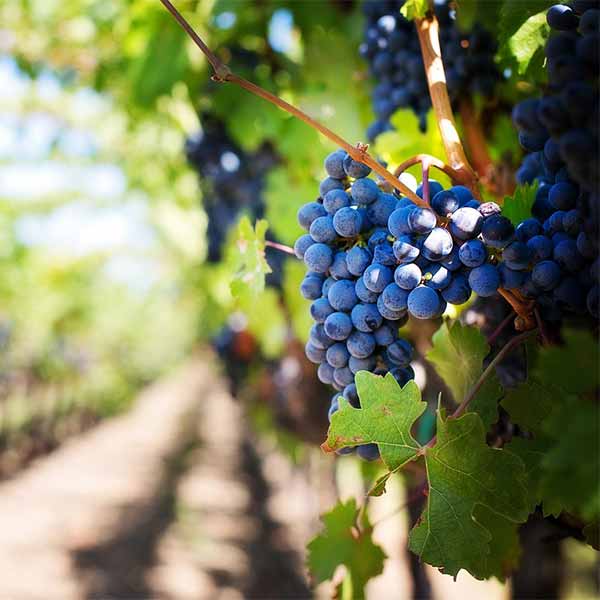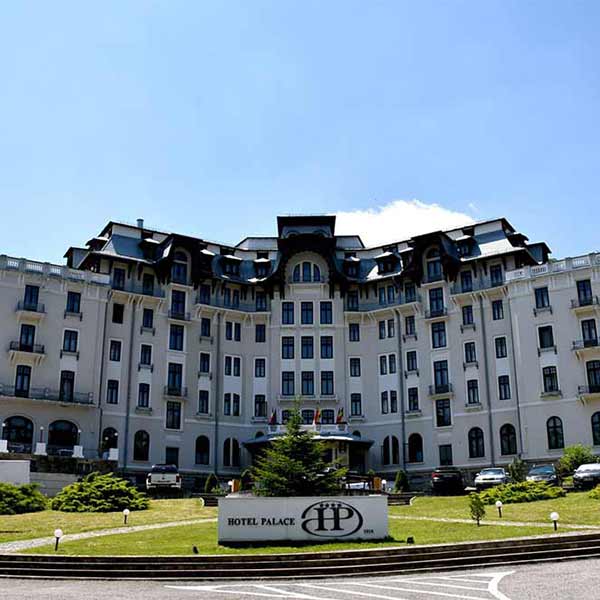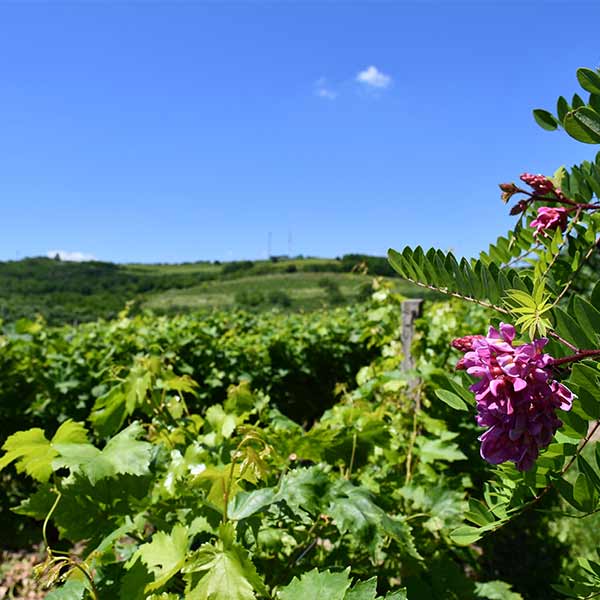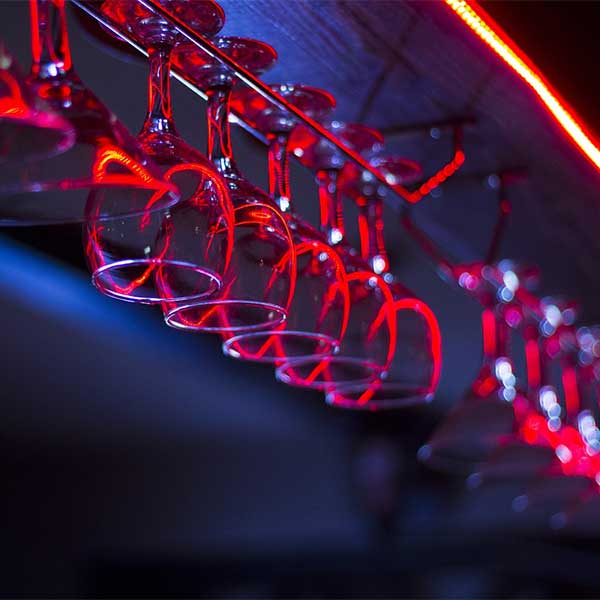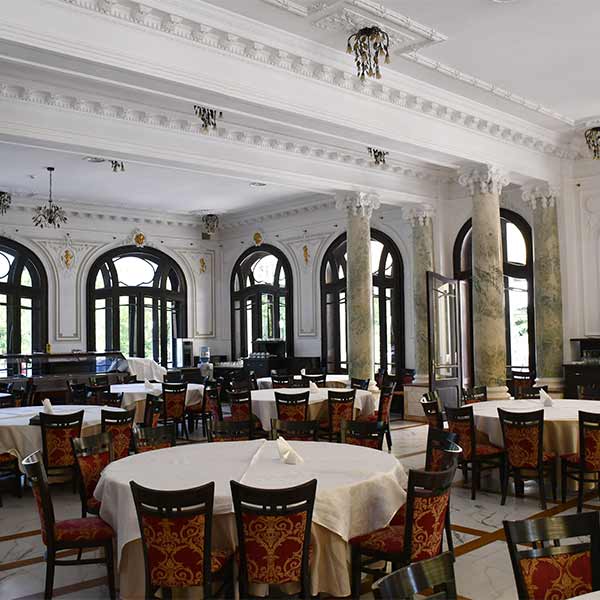
Valcea Wine Road – Drăgășani wine area
Valcea Wine Road – Drăgășani wine area
Romania is one of the few countries in the world that can boast a millenary tradition in vine growing, being a highly appreciated country in this field until the Second World War. Being part of the wine-growing area of the hills of Muntenia and Oltenia, Podgoria Drăgășani is the oldest vineyard in Oltenia.
It stretches between the Getic Subcarpathians to the north and the Romanian Plain to the south and south-east and occupies a relatively small area, stretching west and north of the town of Drăgășani. It runs parallel to the Olt River and is about 65 kilometres long.
They are part of the Drăgășani vineyard: Avincis Winery, Bauer Winery, Stirbey Winery, Drăgași Estate, Venetic Winery, Isărescu Winery, Irodache Winery, Negrini Winery, Via Sandu, Cepari Winery, Șpârleni Winery, Mennini Estate, Măgureni Farm,
The landscape has the appearance of a complex of narrow hills and hills with altitudes between 200-500 m. The dominant soils in the vineyard are clays, with traces of limestone, sand, gravel and marl.
The climate of the vineyard is temperate continental.
The Drăgășani vineyard is known for the cultivation of three varieties of wine grapes: Crâmpoșie Seleccionada, Negru de Drăgășani and Novac, varieties with great potential in the production of quality wines that can represent the country even at international level.
In 1978, at the Drăgășani Wine Research and Development Station, by crossing Cardinal x Afuz Ali varieties, researchers Dr. Victoria Lepădatu and Dr. Gheorghe Condei obtained the famous table grape variety, Victoria, one of the most valuable Romanian table grape varieties.
The grape varieties present in the Drăgășani vineyard are:
For white wines: Crâmpoșia Seleccionada, Sauvignon Blanc, Gros Sauvignon and Pinot Gris, Fetească Albă, Fetească Regală, Tămâioasa Românească, Muscat Ottonel,
For red wines: Negru de Drăgășani, Novac, Cabernet Sauvignon, Petit Verdot, Pinot Noir, Merlot, Fetească Neagră
Nowadays, wine production in the Drăgășani vineyard is complemented by wine tourism, which is constantly developing, offering wine lovers tourist stays with accommodation, meals, wine tasting, winery tours and vineyard tours.
Several producers in the Drăgășani region have set up an association to promote both wine tourism in the area and the production of grapes and high-quality wine.
For more than five years now, there have been places to stay at the Drăgășani wine cellars or in the vicinity that are accessible to a fairly wide public.
Accommodation for one night in a motel, guesthouse or hotel costs between 150/300 lei per double room and the distance to the wine cellars is between 2-7 kilometres.
Find out more about the Drăgășani Wine Road: click here!
Wine Museum in Dragasani
In 1974, the current museum was set up in the town of Dragașani with a specific viticultural focus with pieces collected exhibited in three sections: the viticultural section, the art section and the archaeology section. The building was built in the 1920s in the neo-Romanesque architectural style.
The museum contains a rich collection of traditional installations for processing grapes, as well as evidence of the practice of viticulture and the continuity of this occupation in these lands. In the museum’s showcases you can see the results of international wine competitions from abroad, as well as old vine seedlings.
The Drăgășani Research and Development Station for Viticulture and Winemaking has helped to create varieties and colonial selections, varieties for table grapes and raisins, as well as varieties for wine grapes (known as Crâmpoșia Seleccionada, Negru de Drăgășani and Novac).
Nowadays, tourists coming to the Drăgășani area can enjoy personalized wine tasting programs, stays with accommodation and meals, vineyard tours, guided winery tours and much more.

Information!
• a visit to the winery takes about two hours
• reservations are made in advance, 10 – 30 days in advance, depending on the period
• on request, lunch or dinner can be provided (by the winery or a catering company)
• accommodation is at the winery or, in most cases, near the winery, 3 – 7 km away
• transport can be by private car or by pre-booked minibus
Visiting a winery in the presence of qualified staff involves:
• presentation of the technological process
• tasting of 3 – 10 wines accompanied by neutralizers (bread, cheese, etc.) and water
• a walk in the vineyard (on request if the weather is good)
